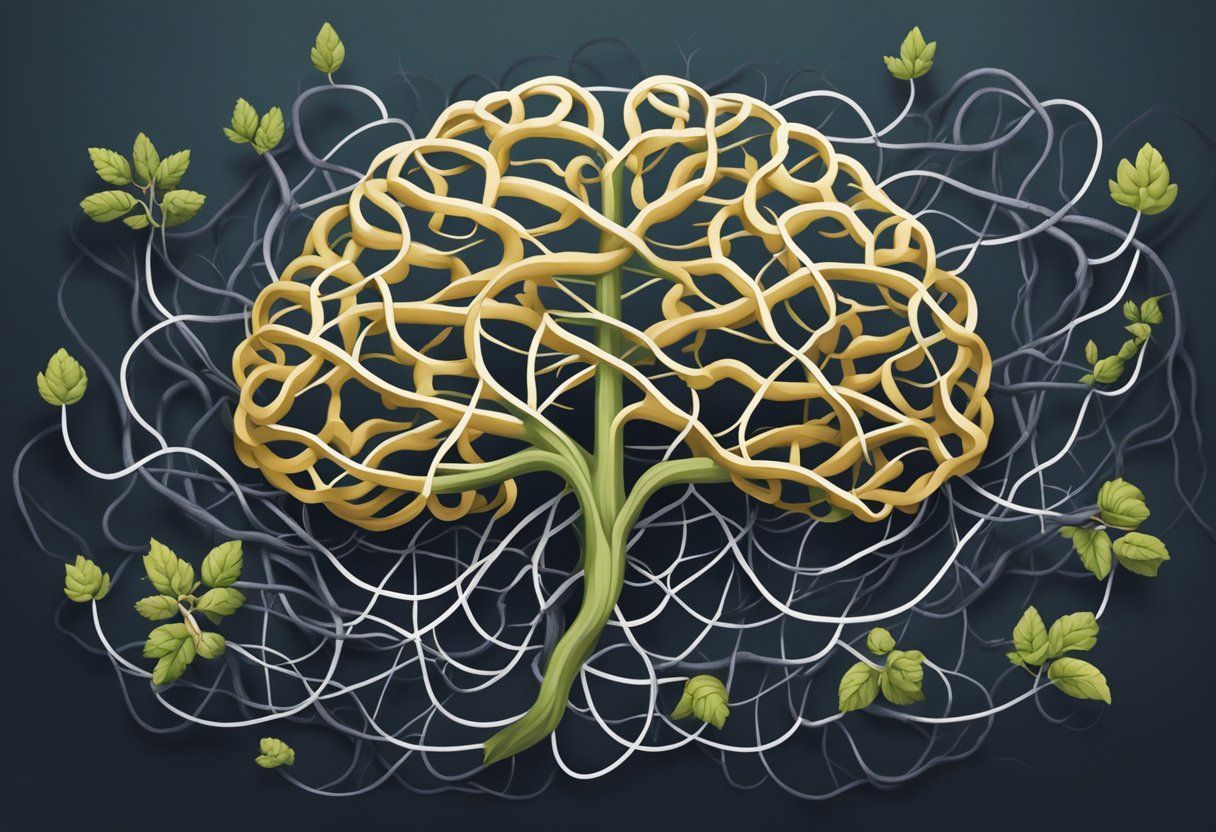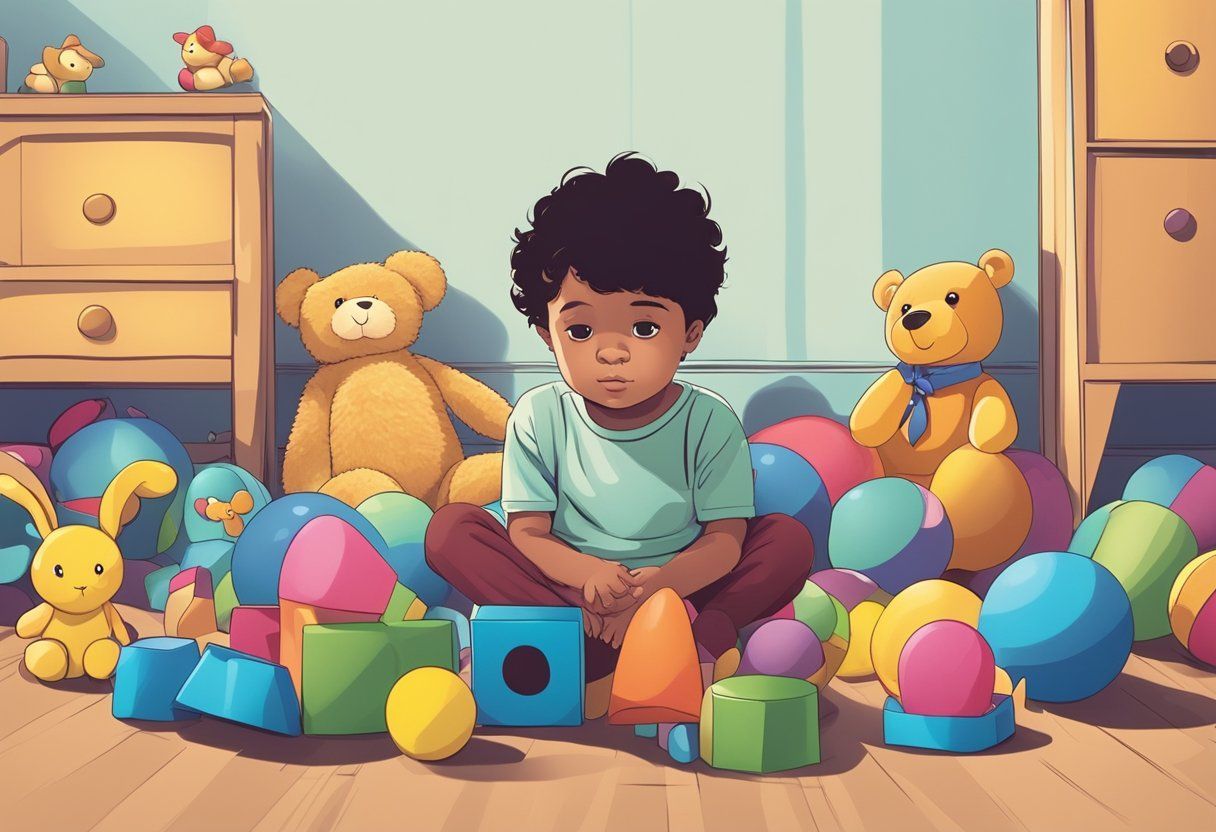BLOG
Categories
8 maneras de vincularse con su hijo adoptado
Has saltado a través de aros y conquistado las pruebas y tribulaciones asociadas con el proceso de adopción. Incluso saliste al otro extremo con el corazón ileso. De hecho, ¡tu corazón se ha multiplicado por diez! Finalmente, su familia ha crecido y su hijo ahora está sano y salvo con usted en casa.
Tan feliz como está de ver a su hijo quedarse dormido en su cama cada noche, no puede evitar preocuparse por cómo no se siente como una “familia instantánea”. Como padre adoptivo, usted quiere que su hijo se sienta como en casa más que nada. Por el momento, te estás preguntando si ese día llegará alguna vez.
¡Estas preocupaciones son normales! Adoption Choices of Colorado quiere que sepas que está perfectamente bien que los padres adoptivos miren a su nuevo hijo y se pregunten si alguna vez se adaptará a esta nueva vida. ¡Estamos aquí para ayudar! Formar un vínculo con su hijo no es fácil, especialmente en las circunstancias de la adopción. Pero no es imposible. Con un poco de paciencia, consistencia y pensamiento innovador, usted y su hijo pueden crear lentamente esa conexión que ambos desean.
Trate de adoptar estas ocho grandes estrategias para vincularse con su hijo adoptivo:
1. ESTABLECER LA PERMANENCIA
Su hijo puede tener miedo de que si se porta mal, su amor se disipará. Asegúrele a su hijo que, incluso cuando esté de mal humor o si se ha portado mal de alguna manera, su corazón todavía está rebosante de amor. Una frase que puedes intentar usar es: “Te amo. Simplemente no me gusta tu comportamiento en este momento”. Enviar este tipo de mensajes a su hijo le hace saber que su amor está aquí para quedarse, permitiendo que su hijo sane y se adhiera.
2. SIGUE UNA RUTINA
Los niños anhelan estructura y rutinas. Ayuda a darles una sensación de control y les permite desarrollar confianza. Tener rituales establecidos antes de acostarse para un niño más pequeño, o una noche semanal de cine familiar para un niño mayor, son excelentes maneras de establecer una conexión. Las rutinas establecen una base sólida para crecer. ¡A su vez, su hijo se vinculará con usted más fácilmente!
3. EL APEGO VENDRÁ CON EL TIEMPO
La rapidez con que su hijo se adapte puede depender de su edad. Los niños adoptados menores de seis meses pueden llorar más de lo habitual, negarse a alimentarse a veces y tomar siestas durante demasiadas o muy pocas horas. Estos comportamientos no tienen nada que ver con sus habilidades de crianza y lo más probable es que pasen en unas pocas semanas. Mientras tanto, abraza a tu bebé tan a menudo como puedas. Si adoptaste a un niño pequeño, prepárate para posibles dificultades. Lo más probable es que su hijo recuerde a sus cuidadores anteriores e incluso pueda sentir que ha perdido a un ser querido. Esta sensación de pérdida puede llevar a su hijo a actuar y probar los límites a medida que aprende a confiar en usted. No hay una línea de tiempo establecida para la vinculación y, a pesar de todos los intentos, es posible que aún encuentre a su pequeño alejándose y negándose a abrirse. Es posible que él o ella no esté listo para aceptar su amor u ofrecerle el suyo. ¡No te preocupes! El tiempo cura todas las heridas.
4. POR MUCHO QUE QUIERAS, NO PASES EL CURSOR
Permitir que un niño tenga su propio espacio es importante, especialmente para un niño mayor o adolescente. Piénselo: la privacidad puede ser algo de lo que su hijo carecía en el cuidado de crianza. Dale un espacio personal para pasar tiempo y respeta ese espacio. Llame a la puerta antes de entrar y permita que su hijo decore. Los niños adoptados necesitan sentir que el nuevo hogar es suyo y que pueden sentirse cómodos quedándose allí. Al darle a su hijo un poco de espacio para llamar suyo, su hijo se sentirá cómodo en su hogar y eventualmente bajará la guardia. Después de todo, ¡es importante enfatizar el amor mutuo y el respeto por todos los miembros de la familia!
5. ABRE LAS LÍNEAS DE COMUNICACIÓN
Hable con su hijo a menudo. Esté presente e interactúe con él o ella mientras responde a sus necesidades. ¡Haz tu mejor esfuerzo para mantener las líneas de comunicación abiertas! Su hijo podría estar lleno de preguntas. Estas preguntas proporcionan una excelente manera de conectarse y preparar el escenario para conversaciones significativas en los próximos años. Además, ambos aprenderán más el uno del otro de esta manera. Trate de no apresurarse en momentos familiares importantes, incluso si tiene un día ocupado por delante, ¡ya que se encontrará vinculándose cada vez más con su hijo!
6. INVOLUCRE A SU HIJO EN LAS DECISIONES FAMILIARES
Su hijo necesita tener un poco de control en una vida que anteriormente ha estado tan fuera de control. Tal vez deje que él o ella elija una cena familiar cada noche, una actividad familiar cada semana, un juego para jugar o una película para ver. Darle a su hijo un papel de toma de decisiones lo hará sentir incluido e igual.
7. ASEGÚRATE DE NO ATACAR VERBALMENTE A LOS PADRES BIOLÓGICOS
Incluso si no está de acuerdo con el estilo de vida del padre biológico de su hijo, aléjese de decirle a su hijo que es “malo” o “inútil”. Nada bueno puede salir de esto, y solo disuadirá a su hijo de vincularse con usted. Recuerde, necesita establecer un nivel de comodidad y confianza con su hijo, y está comenzando desde cero. No tenga miedo de ser honesto con su hijo sobre su pasado. ¡Su hijo es su propia persona y puede leer entre líneas para desarrollar una opinión personal!
8. EL RECHAZO NO ES PERSONAL
Para los padres adoptivos que sienten una sensación de rechazo o distancia, tratar de vincularse con su hijo adoptado puede ser un proceso confuso e hiriente. Es fácil para los padres adoptivos culparse a sí mismos. Si bien puede sentirse abrumador de su parte, trate de imaginar cómo se sentirá su hijo, pero no puede expresarlo con palabras. Todo es extraño, extraño y aterrador. Imagínese lo que debe estar pasando por la mente de su hijo: un día en una casa bajo el cuidado de una cara familiar, y al siguiente rodeado de un nuevo idioma, vistas, olores y sonidos. El rechazo de un niño adoptado puede no ser un rechazo en absoluto; sino en cambio, una incapacidad para procesar tanta novedad a la vez mientras trata de entender qué le sucedió a las personas y lugares que él o ella habían conocido y en los que había confiado.
VINCULACIÓN CON SU HIJO ADOPTIVO
Es común que te preocupes si desarrollarás o no un vínculo fuerte con tu hijo adoptivo, sin importar la edad. El acto de adopción equivale a transición, e incluso para el niño más adaptado, la transición es difícil. Como padre adoptivo, debe reconocer y apreciar las experiencias de su hijo antes de que se pueda establecer un vínculo significativo y duradero.
¡Sea la roca que Adoption Choices of Colorado sabe que puede ser! A pesar de la temprana falta de estabilidad de su hijo, él o ella puede, y lo hará, continuar sanando, vinculándose y recibiendo y dando amor. No tenemos dudas de que usted será un gran padre, uno que su hijo buscará para consolarlo. Recuerde esto: ¡los padres adoptivos se vinculan con sus hijos tan exitosamente como los biológicos!
FUENTE: https://www.adoptionchoices.org/bonding-with-your-adopted-child/
RECENT POSTS



Bringing and keeping families together!





